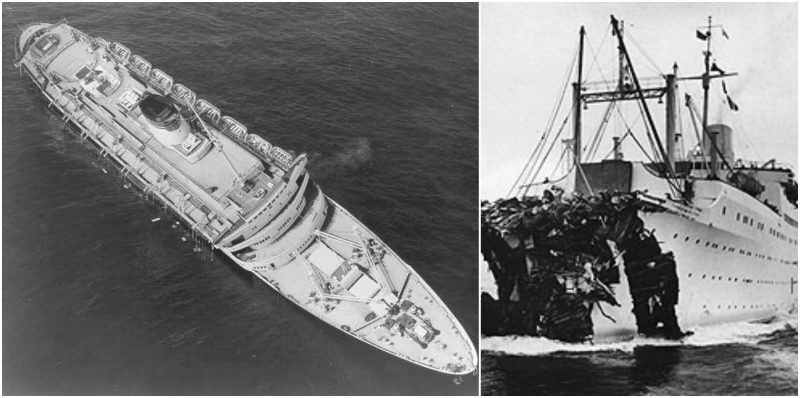As a result of a disastrous collision between a cruise liner and another ship off the coast of Nantucket six decades ago, dozens of people perished in the cold waters. Now almost 60 years after the SS Andria Doria sank a group of explorers went underwater with modern technology to analyze the wreckage and formulate the model of the ruins for further researches.
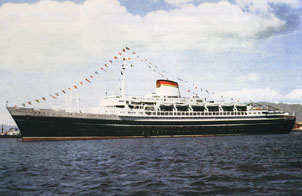
High definition sonar images were taken by an underwater vessel, thanks to a group of experts working on the project of gathering as much visual data about the wreckage as possible. After the detailed imagery of the wreckage of Andrea Doria, researchers have made the alarming revelation that the wreckage is deteriorating at a faster pace than it was previously imagined.
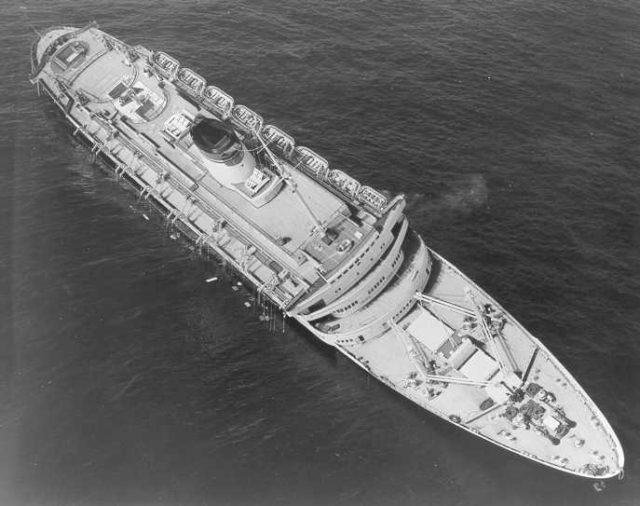
The culprit involved in the collision was thick fog; in the foggy night of July 25, 1956, a New York bound Italian cruise liner SS Andrea Doria collided with a Swedish ship Stockholm, which was heading back to Europe. The Swedish Ship was picking up the pace while Andrea was at a slower speed; Stockholm ripped through the hull of Andrea causing it to completely lose the balance and also rendering most of its lifeboats unusable; shortly after the collision, Andrea started sinking.
The collision and the aftermath killed 46 crew and passengers onboard Andrea; while five people died in Stockholm. Andrea took 11 hours to sink; during which time 1600 other passengers were rescued, and a massive human catastrophe was prevented.
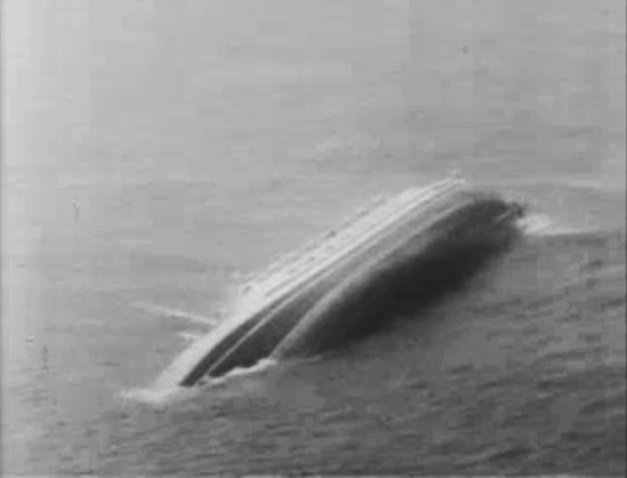
A Washington-based research team ‘OceanGate’ has accepted the undertaking of mapping the wreckage of SS Andrea underwater with the help of a special friend. The team has at their disposal a special underwater vessel named ‘Cyclops I’; which has the ability to get deeper underwater and send back detailed sonar images, and given enough time, could help generate an elaborate model of the wreckage.
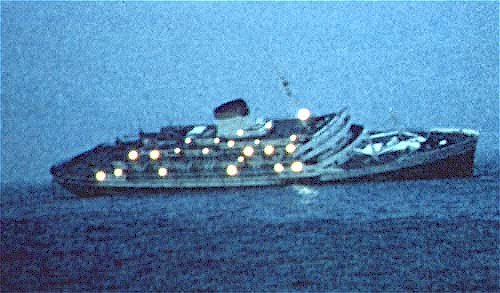
The wreckage of SS Andrea lies 240 feet underwater and 50 miles south of Nantucket. The site has over the years turned into a challenge for treasure hunters and adventurers from all over the world. A mix of expert and amateur divers have been making the pilgrimage to the site in search of treasures and others artefacts; 16 divers have lost their lives so far in trying to achieve so. The SS Andrea wreckage has earned a reputation of the Mount Everest of the wreckages. Just like the Mount Everest is an ever standing challenge for the mountaineers around the world posing dangers and challenging human resilience and endurance; reaching and probing Andrea’s wreckage is an equally dangerous task.
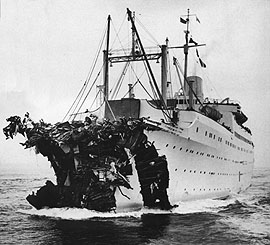
The CEO of Ocean Gate, Stockton Rush said that upon analyzing the images taken by the Cyclops I, they instantly found out the obvious deterioration of Ship’s Hull. The experts compared the latest high definition images with another set of images taken by an organization couple of years earlier; which showed a clear and fast decaying of the remains. Rush also stated that it was very hard for them to clearly guess the time when the actual deterioration started but they were very adamant that it must have been started within last two years for some unknown reasons.
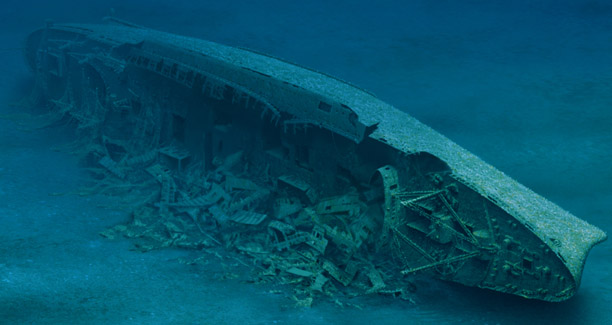
The initial plan laid out by the experts at Ocean Gate was to carry out at least eight dives over the period of a week. However harsh weather conditions did not allow the experts to execute the full fledge analysis, however, they did manage to dive twice in two days to take the images; each dive was 3 hours long and provided a reasonable number of images to form an informed opinion about the condition of the wreckage.
